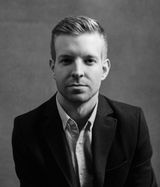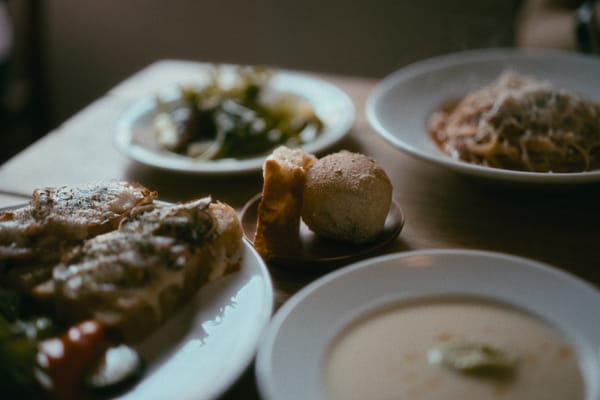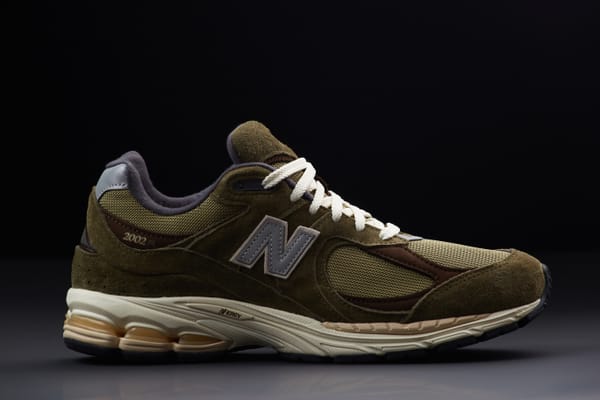Thoughts On Film Photography
Since going back to film exclusively, I’m excited to pick up a camera again, and not only that but I’m fully present when photographing people.

Decaf Journal is reader-supported. When you buy links through our site, we may earn an affiliate commission.
Let’s start from the top. When I was 17 years old, I first became interested in taking pictures. For my Christmas present in 2004, my mom let me pick out a digital camera from a local electronics store. I knew nothing about cameras at the time, but a 4 megapixel Nikon point & shoot caught my eye. I left the store a very happy kid and started taking photos of my friends skateboarding nearly every chance I could get.
That camera was a lot of fun honestly, but there was something seriously lacking. I wanted to be able to control the shutter speed to freeze the action of skateboarding mid trick, and even more so I wanted to be able to blur the background of portraits and still life subjects. The Nikon Coolpix 4100 was a fully automatic camera, meaning I’d have to look elsewhere.
I ended up connecting with a really great local photographer in Edmonton Alberta, where I grew up. I knew his images were amazing, so I just asked him what camera he used. He suggested the Canon EOS Elan 7n, a fantastic electronic SLR with automatic and manual modes. After the first roll of Kodak T-Max 400, I knew I’d made the right choice. Though I still had a ton to learn, the images were exactly as I’d hoped. Full of depth and character (I was using the 50mm 1.8 mostly at the time), and the images just had a completely different look from the digital point & shoot images I’d been taking earlier. I ended up shooting a lot of film that year. From cheap drugstore films, to Fujichrome slides, to the legendary Kodak Kodachrome.

After graduating high school, I decided I wanted to study photography in Vancouver. The school I’d chosen was the first of it’s kind to offer a digital photography-only course in North America. I quickly realized my trusty film SLR wasn’t going to be enough. Just before starting school, I acquired the Canon EOS Rebel XTi digital SLR. This camera was just like my film camera, only “better” because I could see the image immediately. I can say for sure that I learned the fundamentals so much faster thanks to digital, as I’m pretty sure it would’ve taken me at least twice as long with film due to the lack of instant feedback from the LCD screen. Needless to say, I stopped shooting film altogether, and sold my film camera for a fraction of what I’d bought it for. Film was dead anyway right?
Near the end of my schooling, I started to tire of taking pictures. Maybe it was the stress of balancing school with a busy job, but the magic was gone. I took very few pictures in the years that followed, and when I did take pictures, I would spend hours trying to tweak them to look like film (this was a couple of years before VSCO came on the scene). It might sound funny, but seeing the end result of the image on the back of a digital camera had a couple of negative consequences that I wasn’t aware of for quite a while. The biggest problem was that I didn’t have the self control to not look at the images on the back of the camera as I was taking them. I mainly shoot portraits, and when you’re not focused on engaging your subject, the resulting images can suffer. Another issue is that I didn’t have anything to look forward to because I was already certain of every image I’d taken. This can be a great thing in some situations, but when I shot film, waiting for the film to be developed was like being a kid opening presents on Christmas morning.
All of this being said, I think the following quote from renowned portrait photographer Norman Jean Roy sums it up nicely:
When you shoot film, you don’t have the luxury of seeing every single image coming out. And because of that, you stay very focused. Everything [becomes] hyperreal, so when you get it, you get it another time, and another time after that just to make sure you got it. As a result, you have a much better version of, I think, the moment. That’s much more real, honest, and broken, too.
— Norman Jean Roy
Out of frustration, I eventually found my way back to film with the Canon EOS 3 (a fantastic camera by the way). I had a lot of fun with that camera, but as I started to get more into studio portraiture, I realized 35mm film wasn’t going to cut it. My heroes in photography all shoot or have shot at least medium format film cameras, so I figured that would be a good place to start. A Hasselblad would’ve been really nice, but my budget didn’t quite allow for it. I ended up getting a Mamiya RZ67 for a fair bit less than the cost of a Hassy and haven’t looked back.
I know a lot of photographers (myself included) struggle with the dreaded Gear Acquisition Syndrome. But shooting with a medium format camera finally satisfied my desire for ultimate image quality. After getting my first roll developed, I gasped. The magic was back for sure.

Since going back to film exclusively, I’m excited to pick up a camera again, and not only that but I’m fully present when photographing people. In turn, my images have gotten better and I actually spend less time going through my images because the bulk of the decision making has already been dealt with when I pressed the shutter button. That’s not to say there aren’t frustrations. I’ve loaded film incorrectly on a couple of occasions with different cameras, and that was pretty heart breaking.
I know I’m pushing film pretty hard here, but I’m not writing digital off for good. Full frame DSLR and mirrorless cameras are wonderful to use, especially when speed is required. Also, digital medium format cameras are slowly but surely becoming more affordable, and the autofocus is getting better with each iteration. One of the big draws that film has for me is the large capture area. A 6×7 negative is just gorgeous to hold in your hand and shine light through. I’m sure digital will get there soon enough, but I’d rather enjoy this way of shooting on a large format today.





